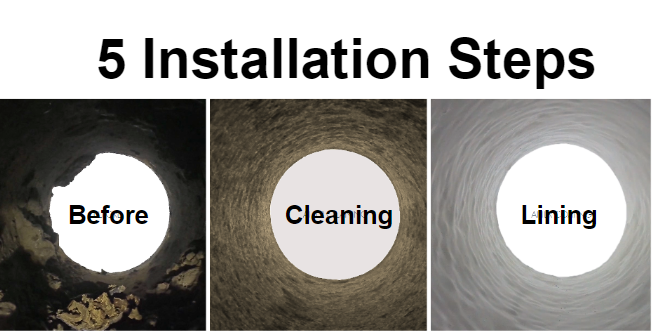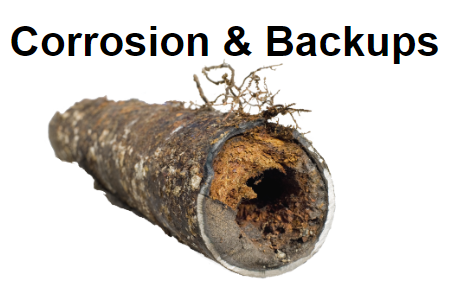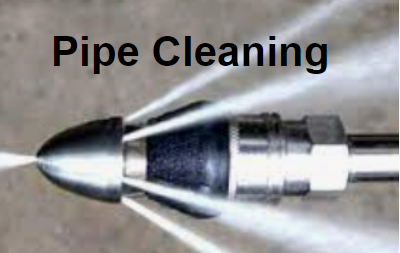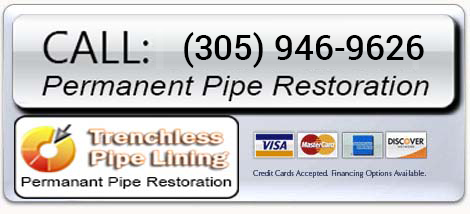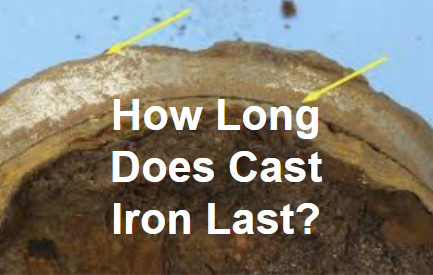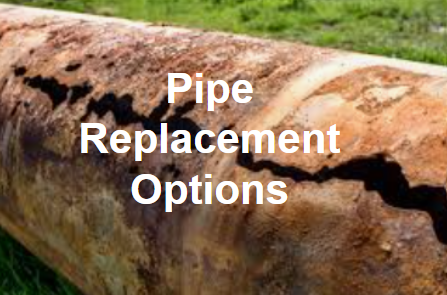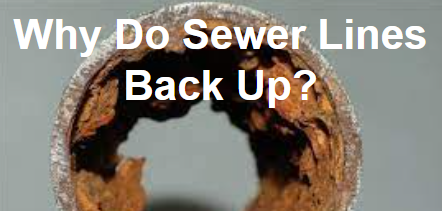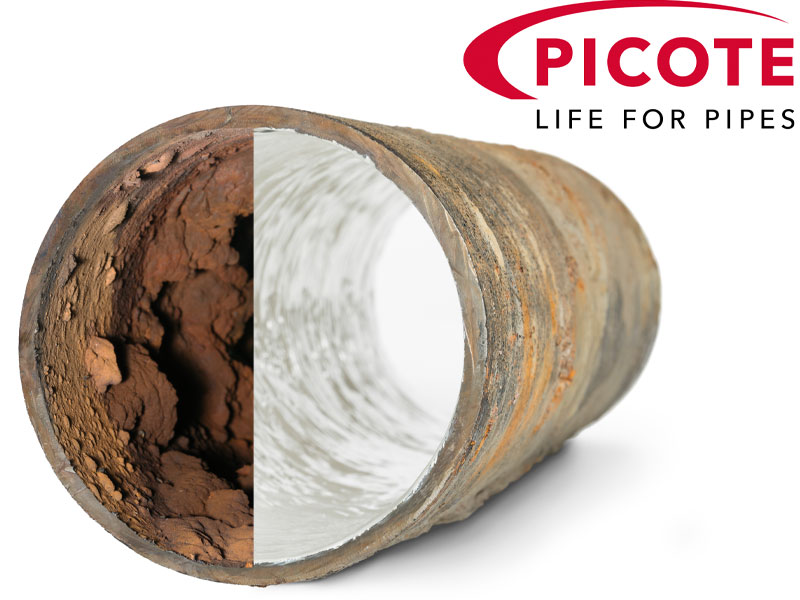Are Trenchless Pipe Lining Epoxy and Resins Safe For Humans/Environment?
Trenchless pipe lining materials are generally safe for humans and the environment when used correctly. However, it’s important to note that the composition of specific products may vary, so it’s best to check the manufacturer’s documentation for accurate information. Here is some general information about the materials commonly used in trenchless pipe lining.

About Pipe Lining Epoxies and Resins:
The epoxies and resins used in trenchless pipe lining are typically made up of two components: a base resin and a hardener. These materials are usually synthetic compounds derived from petroleum sources. When they undergo the curing process, they transform into a strong and solid material.
The composition of epoxy and resin products can differ among manufacturers, and they often have their own unique formulas. These formulas may include additives, fillers, or reinforcement materials to improve the strength and performance of the lining. However, they are generally designed to meet safety and environmental standards and regulations.
All resins and epoxies are unsafe for humans and the environment before they have been hardened, after which most of them are safe
Epoxies and resins typically have volatile compounds such as ammonia which is alkaline and will burn the nose, the eyes, and the skin if it comes into contact with any of those. But for most of these products, once cured, those volatile substances have been lost which makes the resulting material safe.
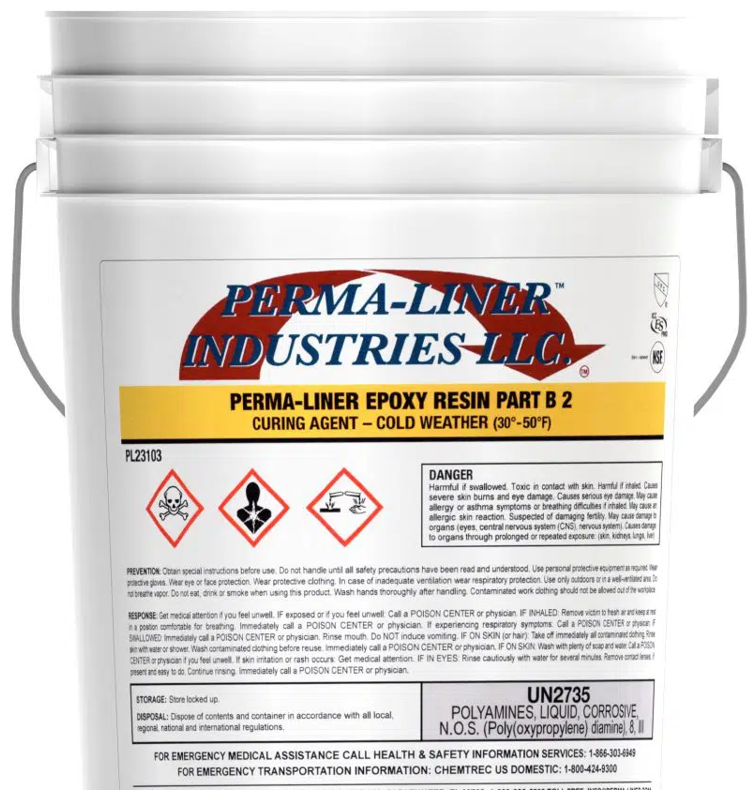
Our Epoxies DO NOT Contain “Styrenes”, But What Are The “Styrenes” Found In Some Of Our Competitor’s Resins?
When it comes to the presence of styrenes in resins and epoxies, some epoxy resins do contain styrene, but not all of them. Many manufacturers produce styrene-free epoxy products because styrene is considered a potential health hazard and an environmental pollutant. Manufacturers strive to minimize or eliminate its use in their formulas. To know the exact composition and potential presence of styrenes, it’s best to refer to the specific product information provided by the manufacturer.
Our epoxies do not contain any styrenes and are safe in all respects, once it has hardened (cured).
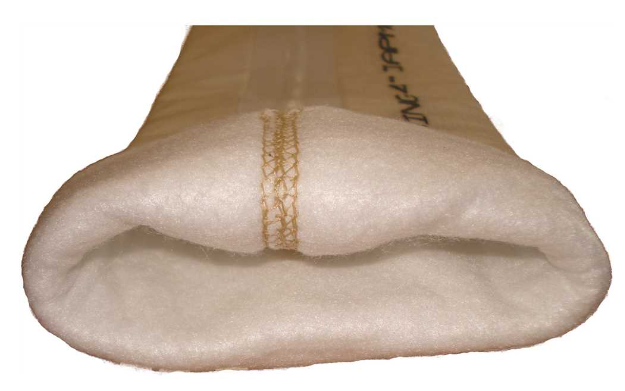
Curing Place Pipe Lining Fabric
The fabric used for the curing process in trenchless pipe lining is usually made of polyester or fiberglass. Polyester fabrics are commonly used because they are flexible, strong, and resistant to chemical corrosion. Fiberglass fabrics, usually used for pipes larger than 6″ in internal diameter, consist of woven glass fibers and are also used for their high strength and durability. Once the resin has hardened, the fiberglass strands are permanently held in place.
Polyester and fiberglass materials are generally considered environmentally friendly because they are inert and do not release toxic substances into the environment during the curing process. However, it’s important to handle and dispose of these materials properly according to local regulations and guidelines.
In summary, trenchless pipe lining materials, including epoxy resins and curing place fabric, can be considered safe for humans and the environment when used according to manufacturers’ guidelines. Always refer to the specific product information provided by the manufacturer to understand the composition, potential presence of styrenes and any associated safety or environmental considerations.
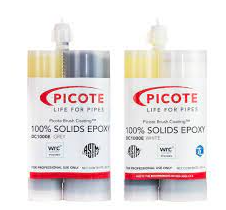
What is the difference between epoxy and resins used in trenchless pipe lining?
In the context of trenchless pipe lining, epoxy, and resins are both commonly used materials, but they have some differences in terms of their composition and characteristics.
Epoxy is a type of resin that is known for its excellent adhesive properties and high strength. It is a two-component system that consists of a base resin and a hardener. When these components are mixed together, a chemical reaction occurs, resulting in a solid and durable material. We use the “Picote” brand. Epoxy is often used in trenchless pipe lining because it bonds well with different pipe materials and provides structural reinforcement.
Resins, on the other hand, are a broader category of materials that encompass various types, including epoxy resins. Resins used in trenchless pipe lining may refer to different types of synthetic compounds derived from petroleum sources. These resins can also undergo a curing process to transform into a solid material that forms the lining inside the pipe.
While epoxy is a specific type of resin, the term “resins” used in the context of trenchless pipe lining can refer to a broader range of resin materials beyond just epoxy. Other resin materials, such as polyester resins or polyurethane resins, may also be used depending on the specific application or desired properties.
In summary, epoxy is a specific type of resin that is commonly used in trenchless pipe lining for its adhesive properties and high strength. “Resins” is a broader term that encompasses various types of synthetic compounds, including epoxy, that can be used in the pipe lining process.



